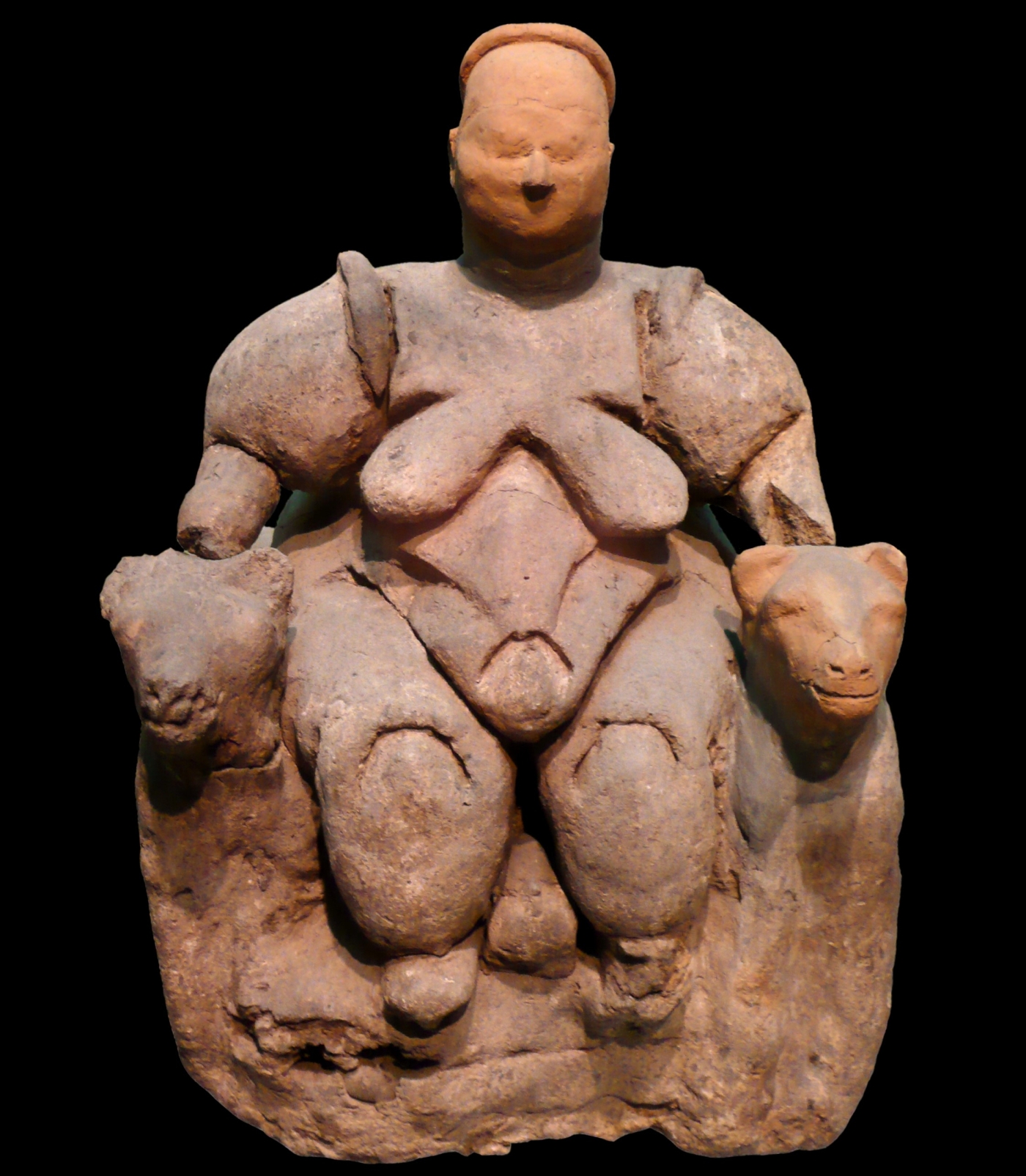by NIMET KIRAC

A crossroads for countless cultures since the agricultural revolution in around 10,000 BCE, Anatolia, an area of land that now falls within modern Turkey, has provided archaeologists with deep insight into how human societies developed at the dawn of civilisation.
One important feature that reoccurs across the ages is the fundamental role women played in society from the late Stone Age, around 12,000 years ago, into the Bronze Age, an era marked by social and economic complexity and the increased use of complex metal alloys, around 5,000 years ago.
There is evidence of mother goddess cults in Anatolia dating back 9,000 years, but iconographic patterns support the idea that the worship of female deities was widely practised across Asia Minor much earlier.
While it is hard to determine conclusively what the prevailing attitudes were among people in the Bronze Age, respect for women was clearly not limited to the spiritual realm.
Some 4,000 years ago, societies gave women marital rights, freedom to engage in business and opportunity to take up diplomatic office, as evidenced by the archaeological record.
Once early studies of the post-agricultural revolution period in Anatolia began in the 19th century, academic debate focused on whether patriarchy or matriarchy constituted the default setting for human society.
In 1861, Swiss jurist and scholar Johann Jakob Bachofen surveyed matriarchy in primitive societies in his work Das Mutterrecht. He argued that the right of the mother, and therefore the woman, took precedence “over family and state”.
Middle East Eye for more